Even if a volcano is dormant, there is always the worry that it will one day erupt and cause catastrophe. This is happening for one volcano in Alaska that hasn’t erupted in 800 years.
Scientists have reported seeing signs of a chance for the volcano to erupt at any given time. As many people visit dormant volcanoes, they and nearby residents should be wary of it as they could get caught up in the crossfire.
Some Volcanoes Are Active
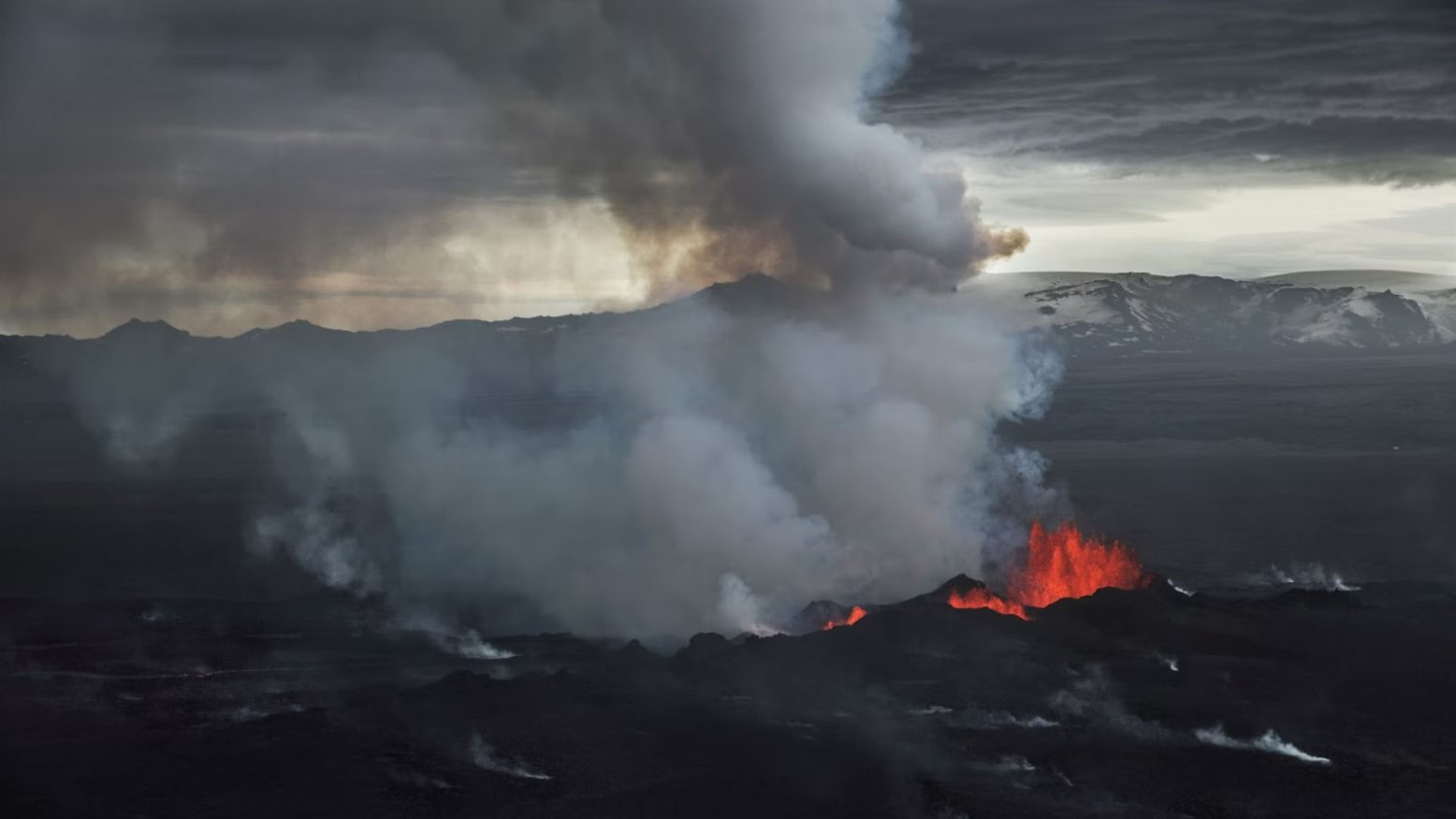
Some volcanoes are known to be active, and therefore, people tend to avoid them, as it is widely assumed that they could erupt at any moment. However, dormant volcanoes tell a different story.
With a dormant volcano, people assume this means that it is never going to erupt. This isn’t true. Even a dormant volcano is still at risk of erupting — it just hasn’t erupted in a long time.
Volcanoes Cause Red Alert
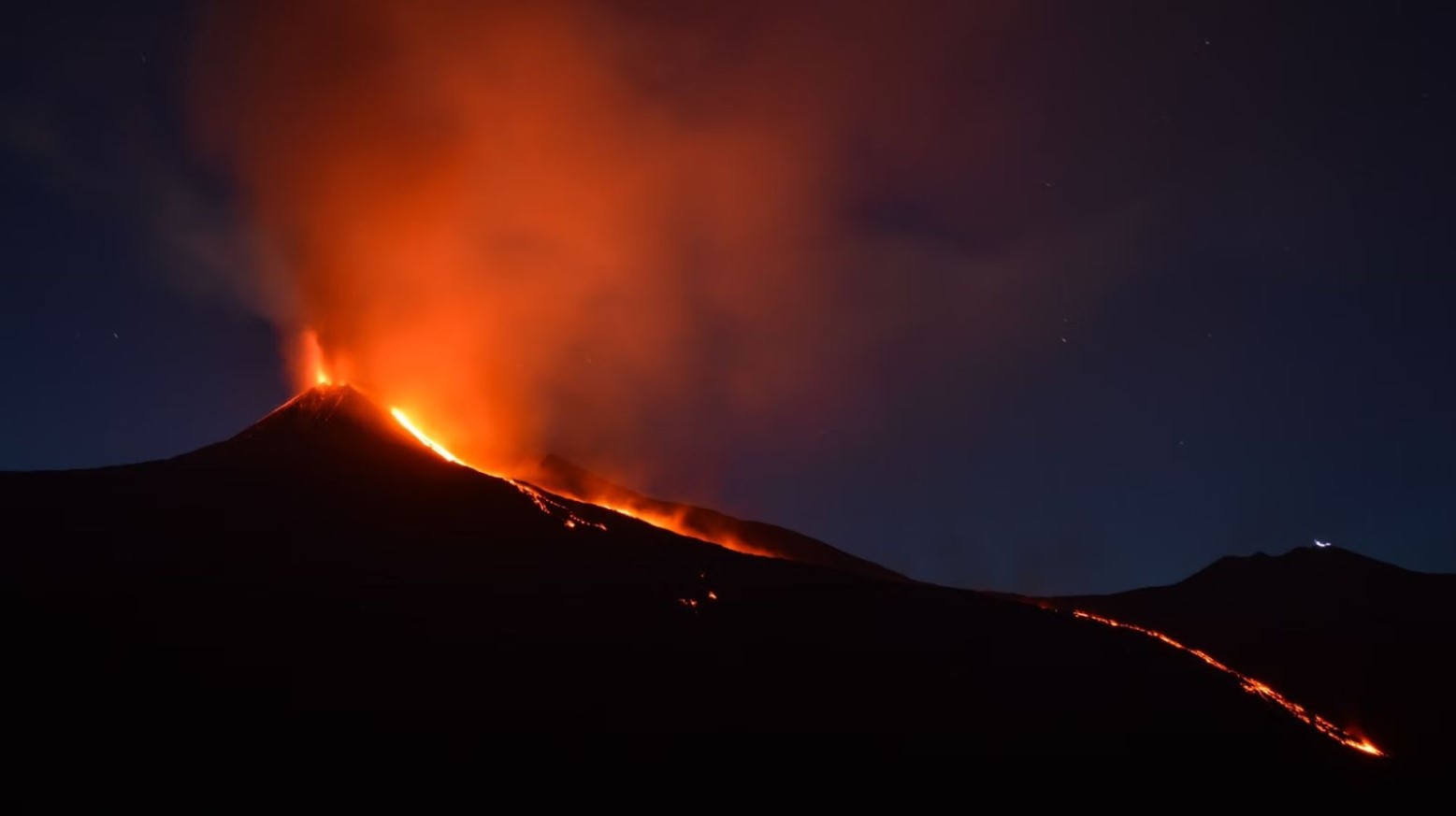
If a volcano is at risk of erupting, it is immediately put on red alert. This means there is an immediate risk of danger to the surrounding areas and the people living there.
This is the case for Mount Etna and Mount Stromboli, both volcanoes in Italy. They erupted in 2024 and caused travel chaos and turmoil for locals. Flights were canceled for people trying to get to and from the area, leaving thousands of passengers stranded.
Mount Edgecumbe
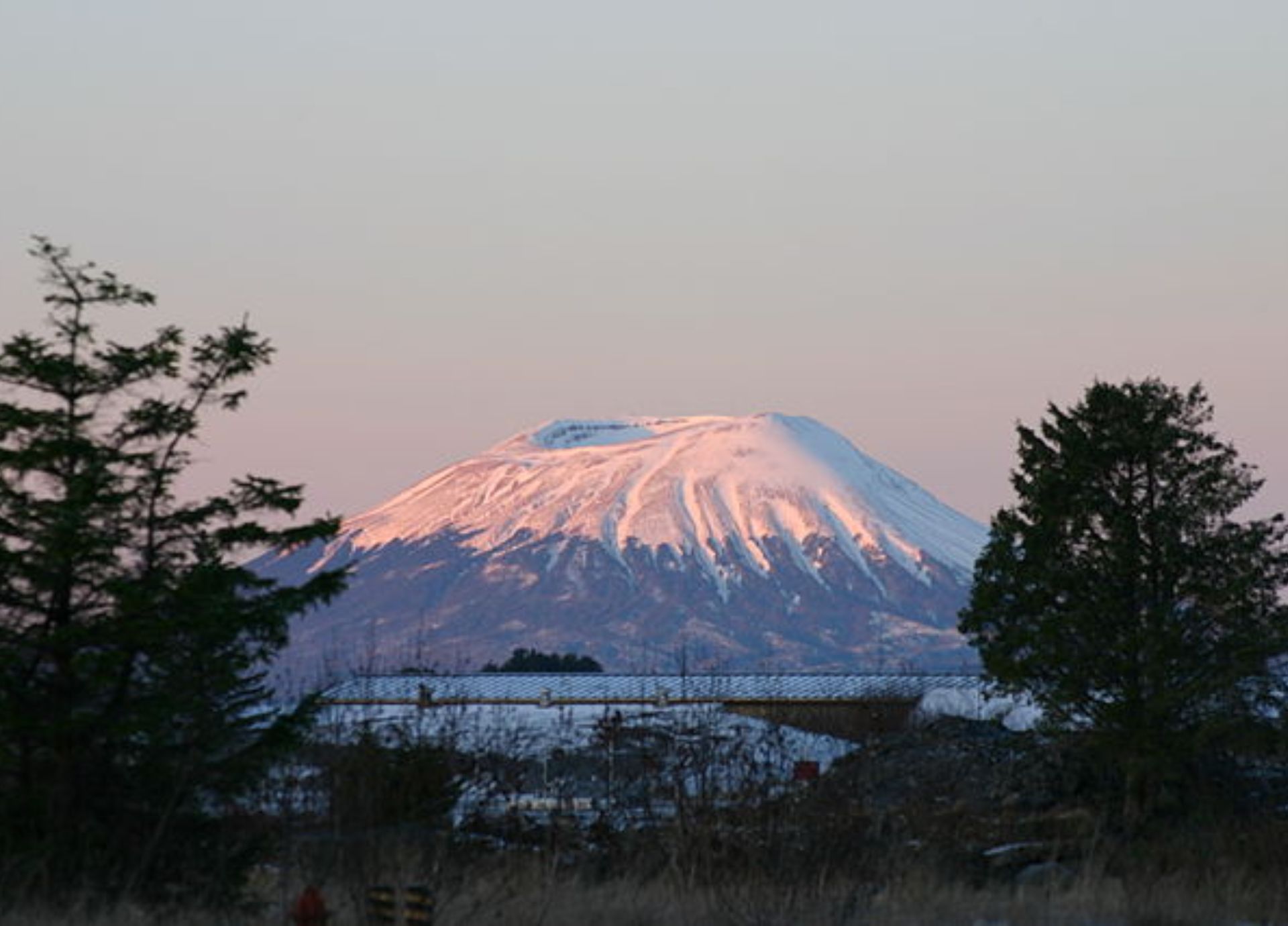
Mount Edgecumbe is located south of Kruzof Island in Alaska. It is under 10 miles east of the Queen Charlotte Fault and has an elevation of 3,201 feet.
It sits very close to some cities and houses but hasn’t had any major eruptions in around 4,000 years. Residents who live near the volcano thought they were safe until recent updates changed this.
The Last Major Eruption

Research shows there was a period when the volcano was more active.
While the latest eruption happened 800 years ago, there is also evidence of an eruption 1,150 years ago. A 2010 research paper found ash in deposits in Sitka Sound. The authors wrote that a similar eruption would “pose significant risk to local population centers.”
Life on the Mountain

The volcano is surrounded by residents, but this is the first time in thousands of years that the volcano has shown any threat to those people.
The indigenous people, the Tlingit, lived near the mountain and called it L’ux, which means “flash” or “blinking.” They likely discovered the mountain while it was smoking or erupting.
Magma Is Moving
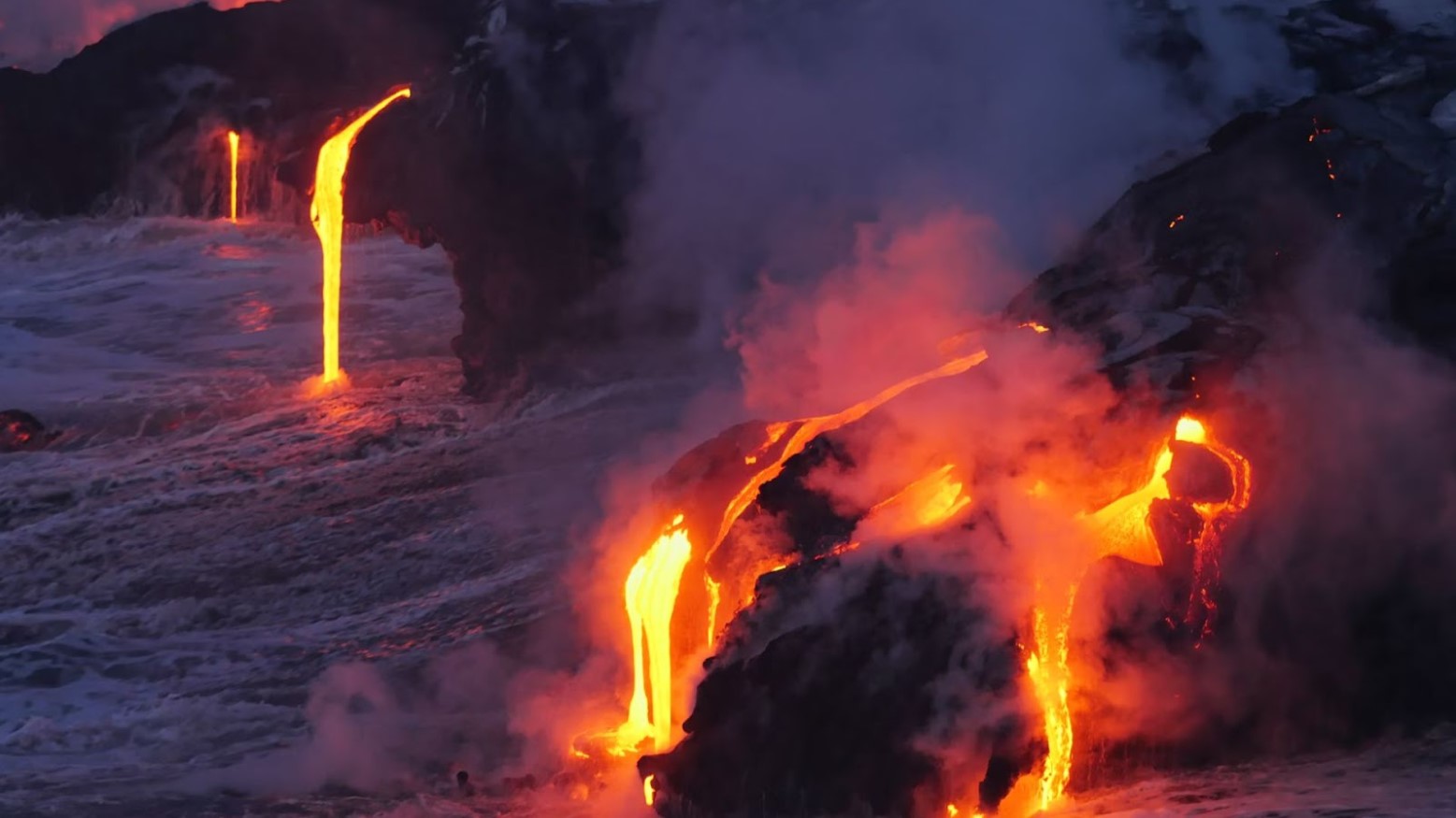
Studies over the last few years have shown that magma is moving inside the volcano. This is a clear sign that an eruption could happen at any point. However, there is also a chance there won’t be any eruptions.
The Alaska Volcano Observatory has raised the threat level of the volcano erupting, and it plans to install several seismic instruments on Mount Edgecumbe.
Earthquakes Brought Attention to the Volcano
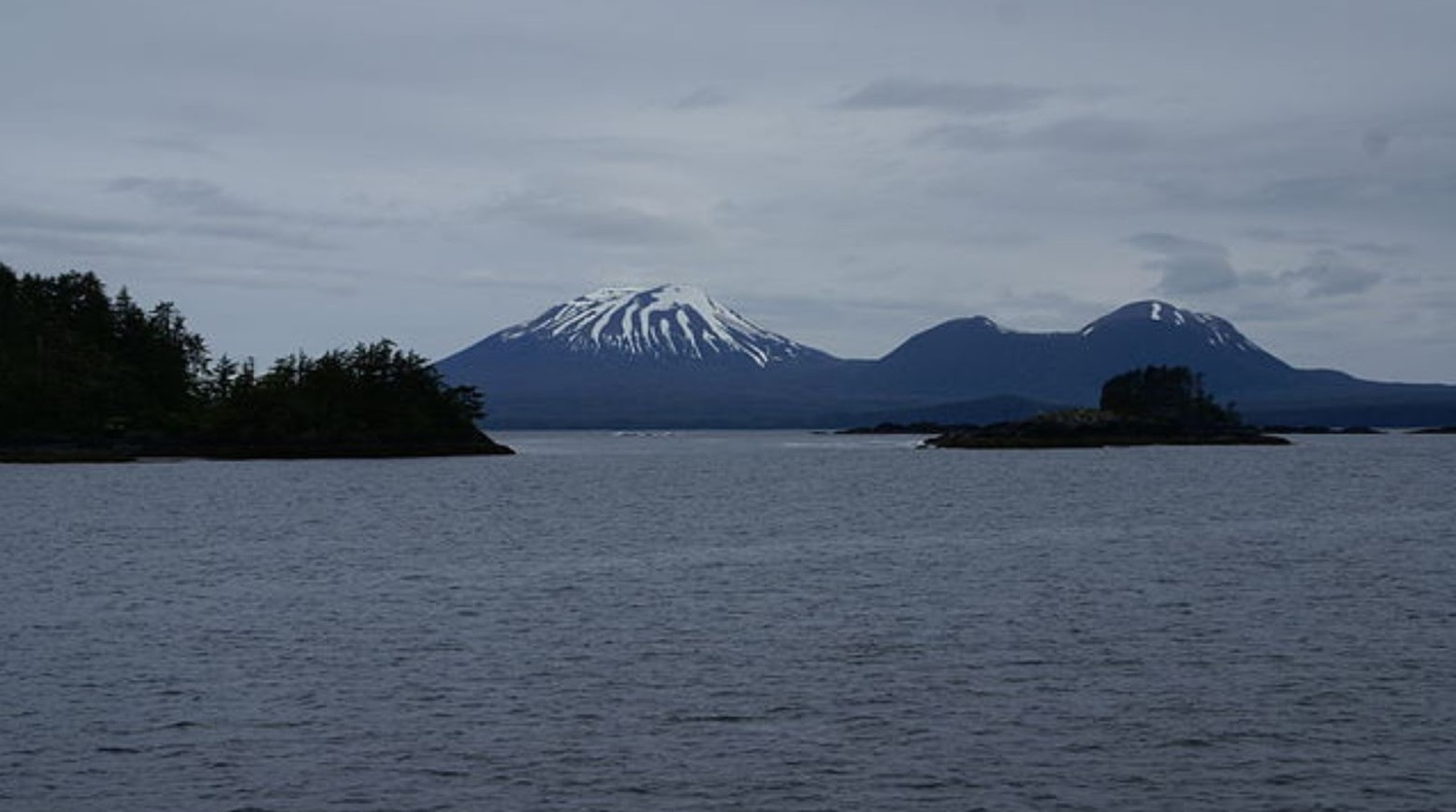
The area around Mount Edgecumbe had a series of earthquakes in 2022. While the earthquakes were small, they were considered significant enough to affect the volcano.
Hikers have even reported seeing gas bubbling from the ground near Mount Edgecumbe. Satellite radar measurements have also shown the ground around the volcano bulging upward.
What Causes the Earthquakes?
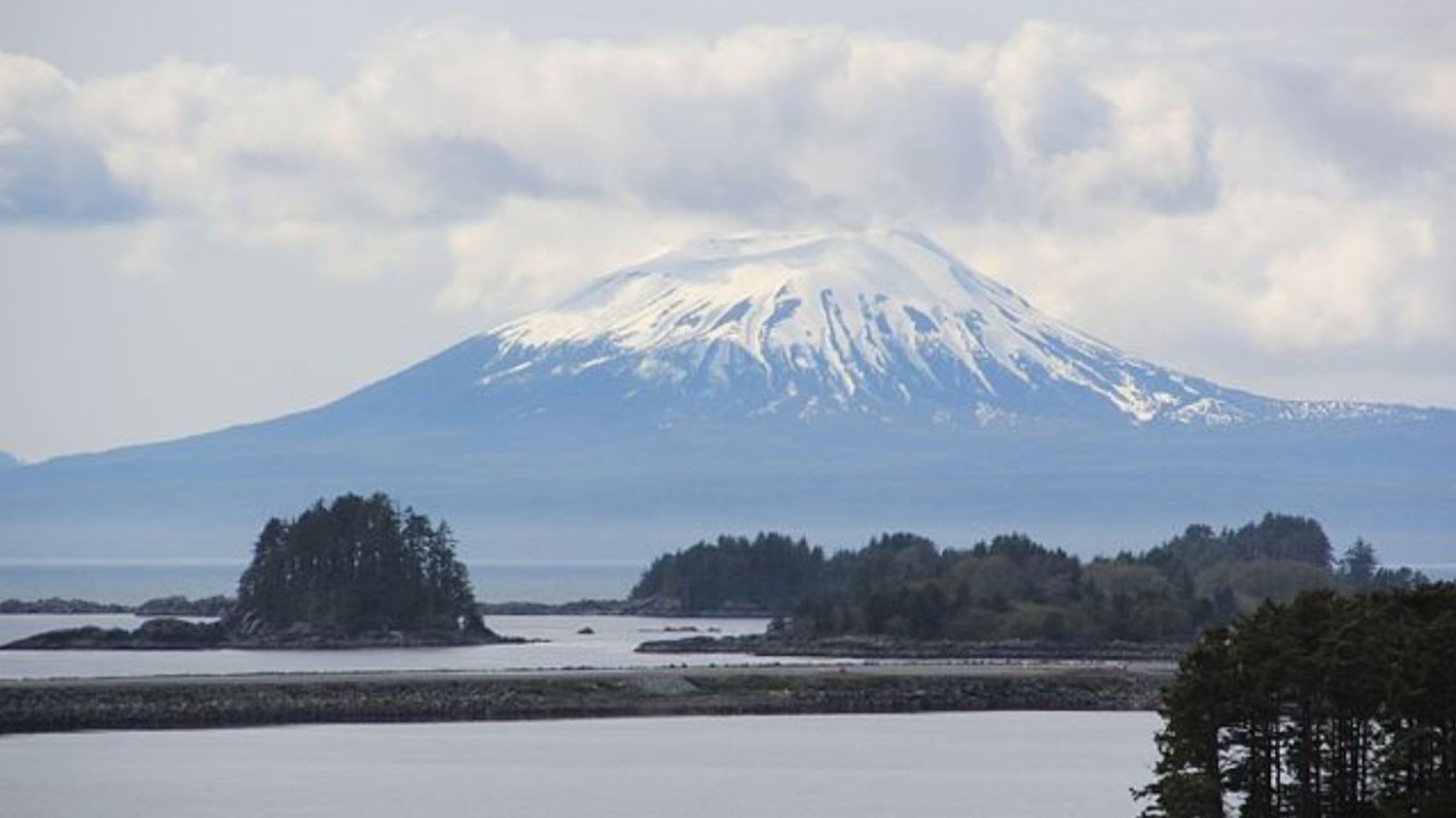
Like many natural weather phenomenons, earthquakes have to be caused by something. It is believed that the earthquakes near Mount Edgecumbe, which have continued into 2024, where caused by the volcano’s magma.
Moving magma can either force its way along the cracks or become an expanding pool of melt at depth. Both of these processes cause minor earthquakes and give scientists reason to believe that something could be happening.
Risk to Residents
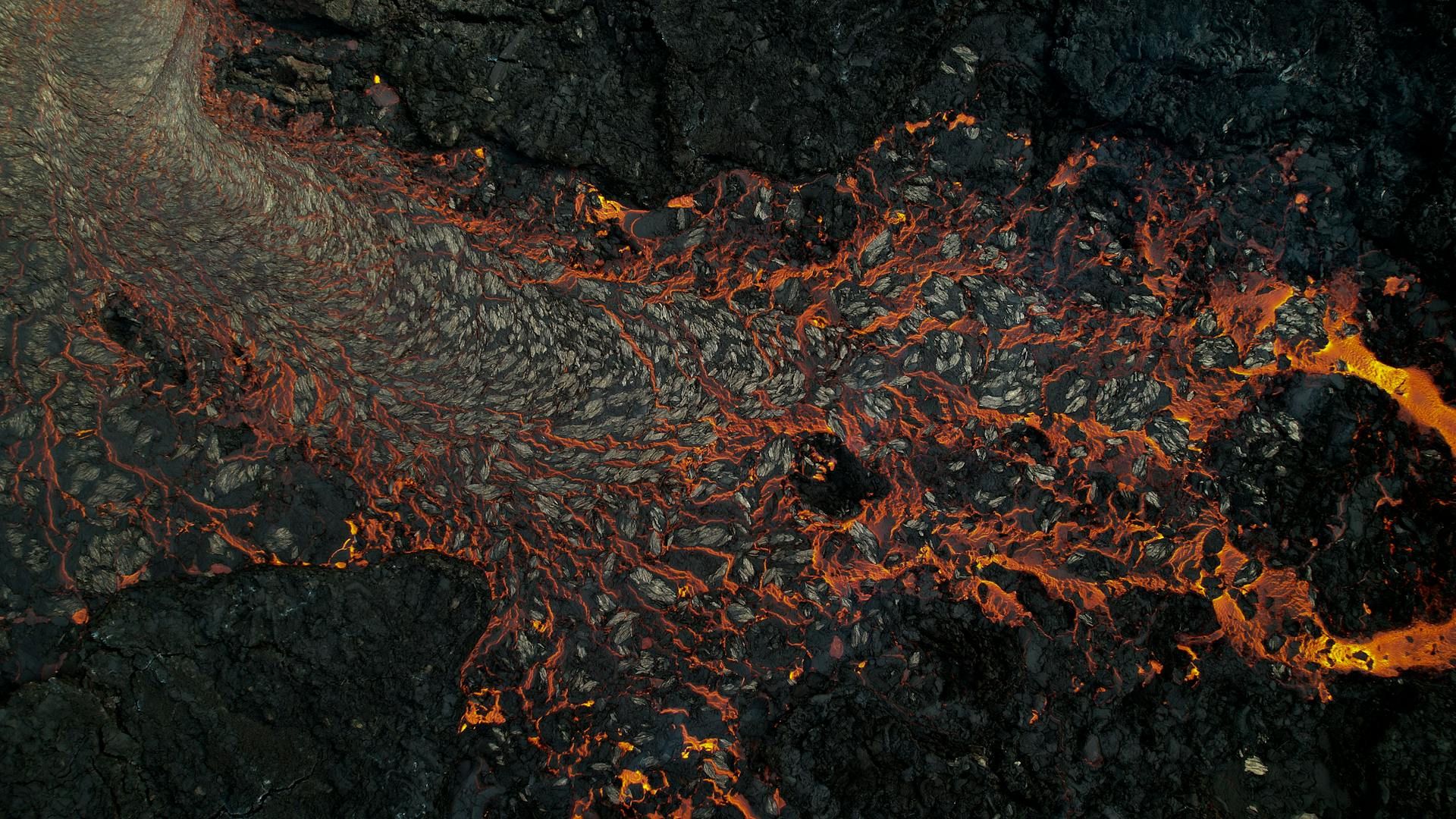
While the event of an eruption remains unlikely, seismologists will continue to track the activity on Mount Edgecumbe.
The city of Sitka is about 15 miles away from the sleeping volcano. While improbable, Sitka risks being the nearest city to a possible eruption. “It does have some signs of unrest,” said Hannah Dietterich, a research geophysicist for the U.S. Geological Survey at the Alaska Volcano Observatory.
The Need for Seismometers
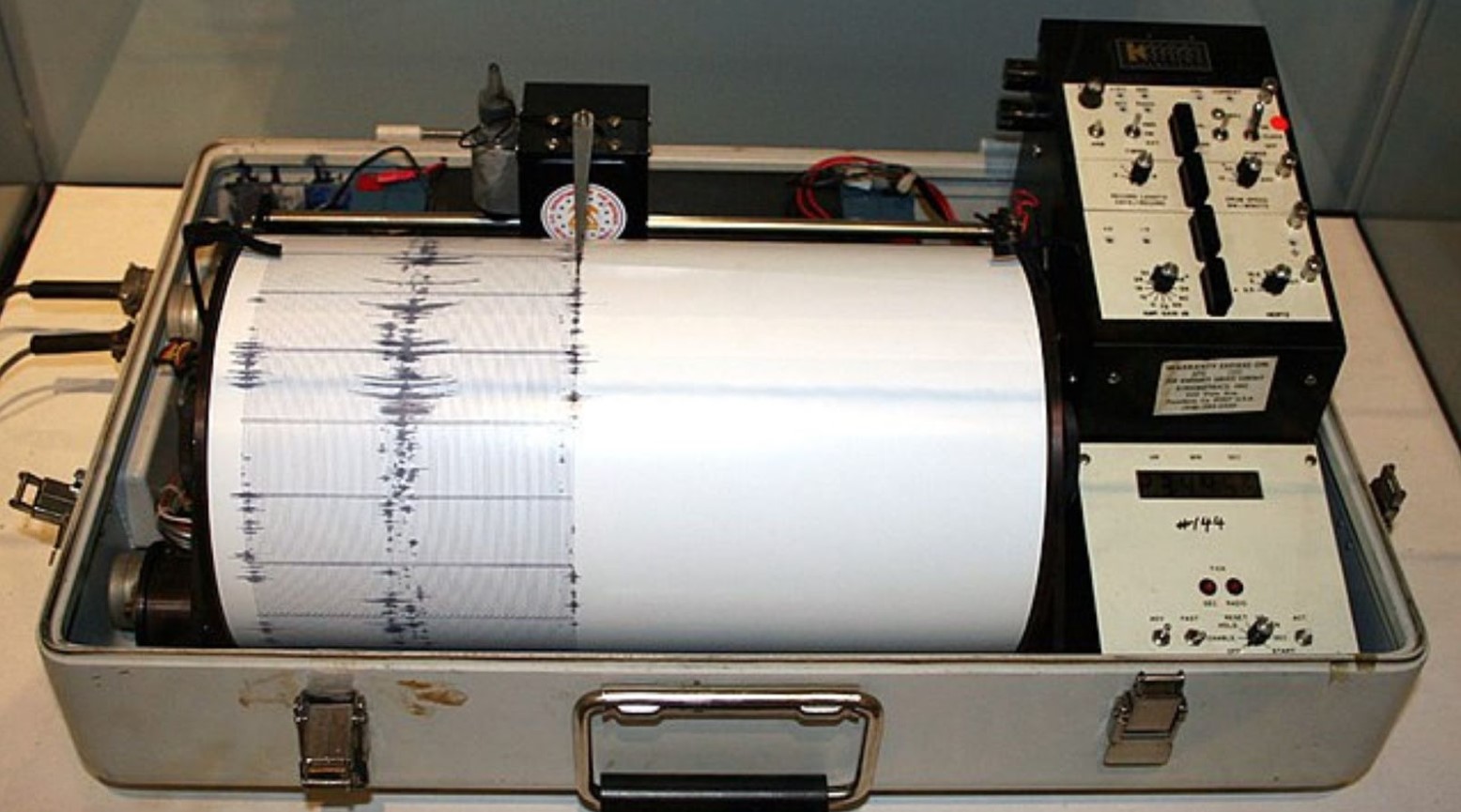
Scientists are placing seismometers around Mount Edgecumbe. These are needed because the monitoring devices can easily detect earthquakes that humans would not feel.
Even if humans do not report earthquakes, seismometers can easily pick these up and report the findings back to the scientists. The scientists can then record the data and try to decipher if or when the volcano will erupt.
Seismic Activity Has Calmed Down

Scientists found that seismic activity has declined since 2022.
While this is good news, there is still a slight risk of an eruption. In the meantime, the new instruments the Alaska Volcano Observatory installed will keep track of any activity that poses a greater risk. All in all, it is still unlikely that Mount Edgecumbe will erupt any time soon.
A Unique Volcano
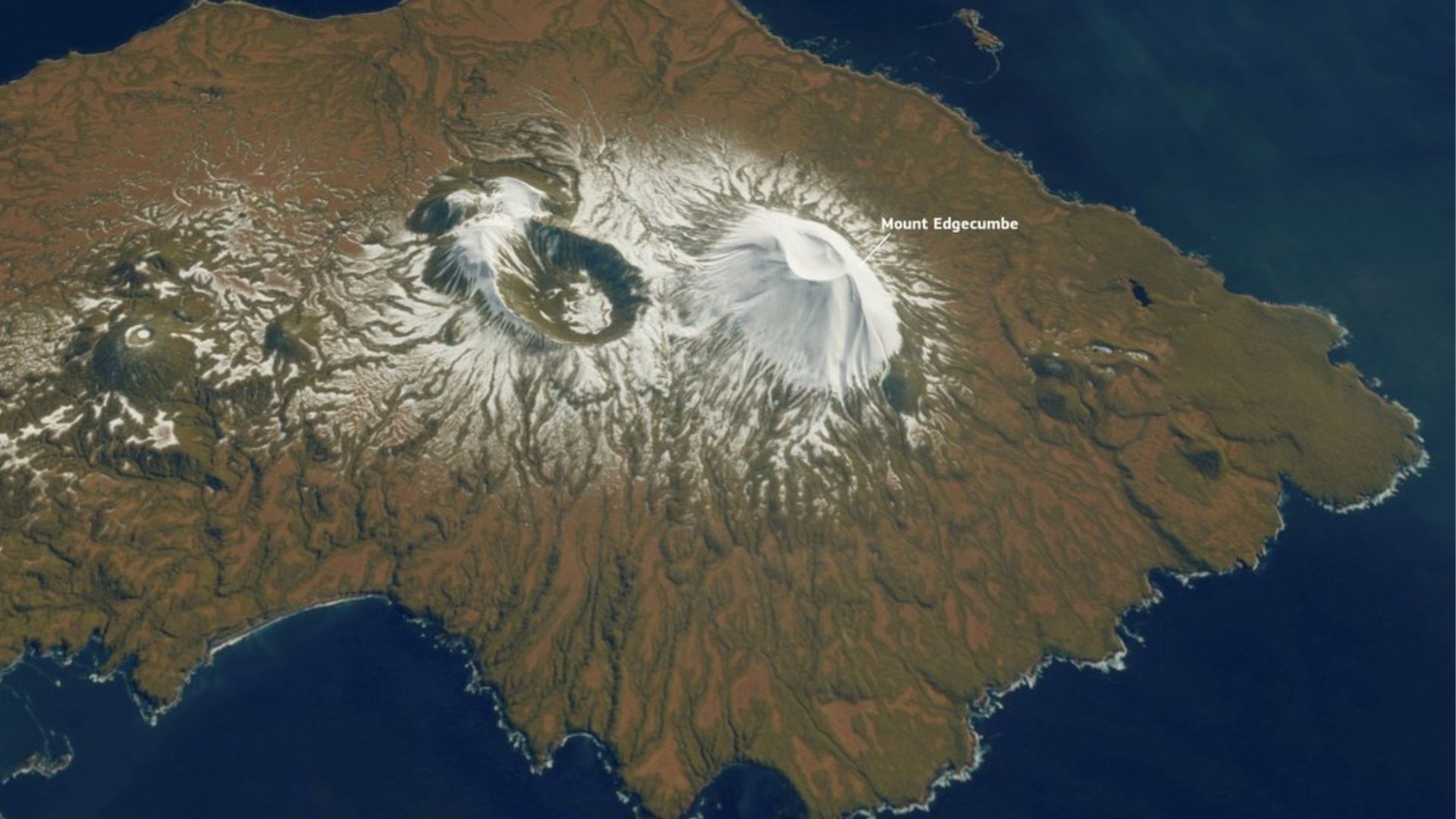
The deeper the magma travels underground, the more the ground deforms around the volcano.
After the small earthquakes in 2022, experts reviewed satellite radar measurements dating back to 2014. The researchers concluded that the ground near the mountain was bulging outward at a faster rate than any other volcano in Alaska. The growth has slowed down since 2022.
More Accurate Technology
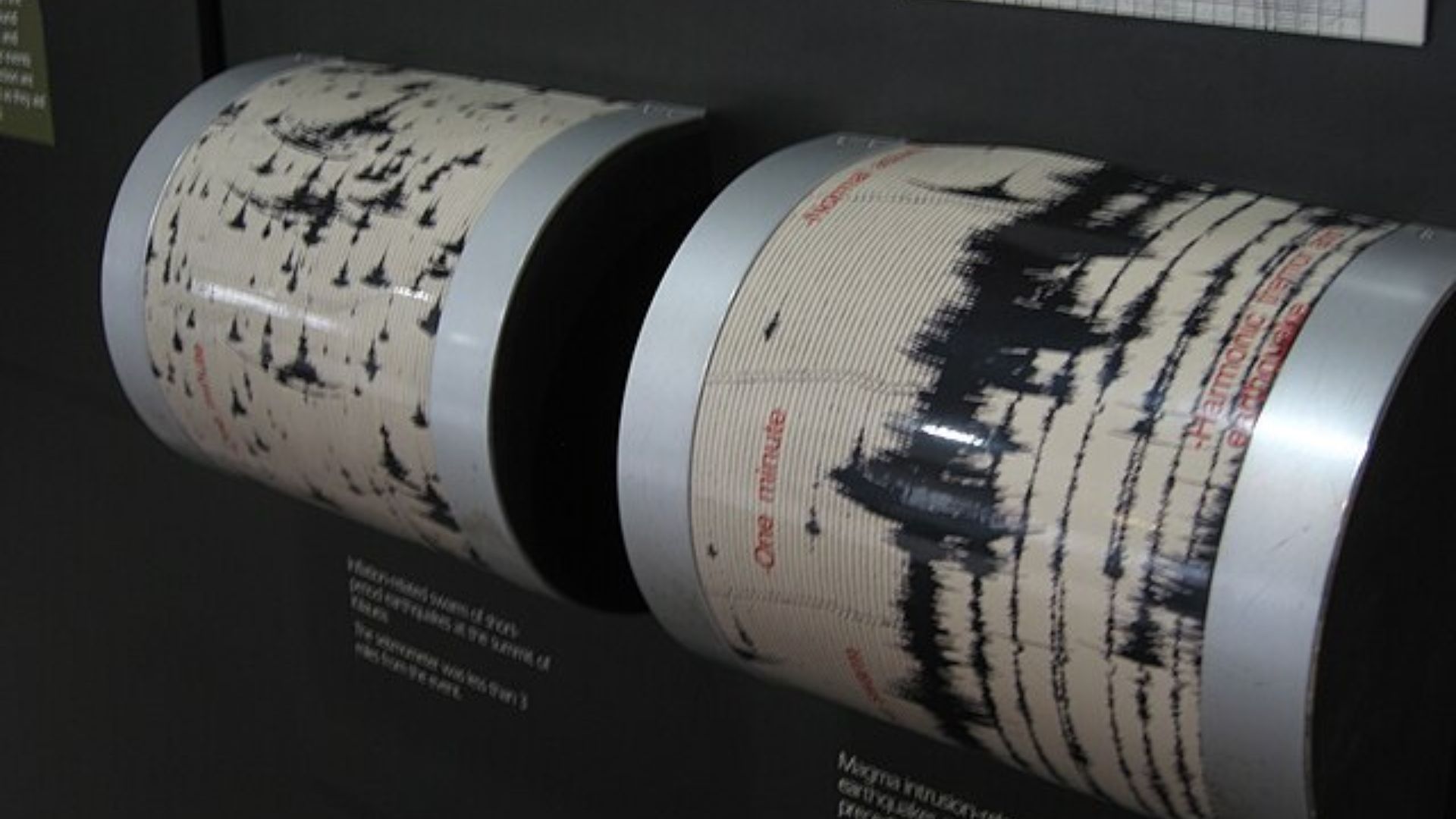
The new instruments researchers are using will more precisely track any future changes in the volcano.
Scientists are using accurate ground sensors, which means they will see changes in the ground hour by hour. Solely relying on satellite measurements would mean waiting for days or weeks to see any changes in the ground. The seismic instruments installed near the volcano can detect earthquakes smaller than magnitude 1.
More Sensitive Detections

Before the new seismic instruments were installed closer to the volcano, the nearest instruments were in Sitka. It was hard to get precise calculations.
“Often, the earthquakes you get at a volcano aren’t usually the ones that anyone feels. When we have more seismometers on a volcano, we’re able to see any movement of fluid or magma, or even faulting – structural things that can produce very, very small earthquakes,” said Dietterich.
The Magma Is Deep Down
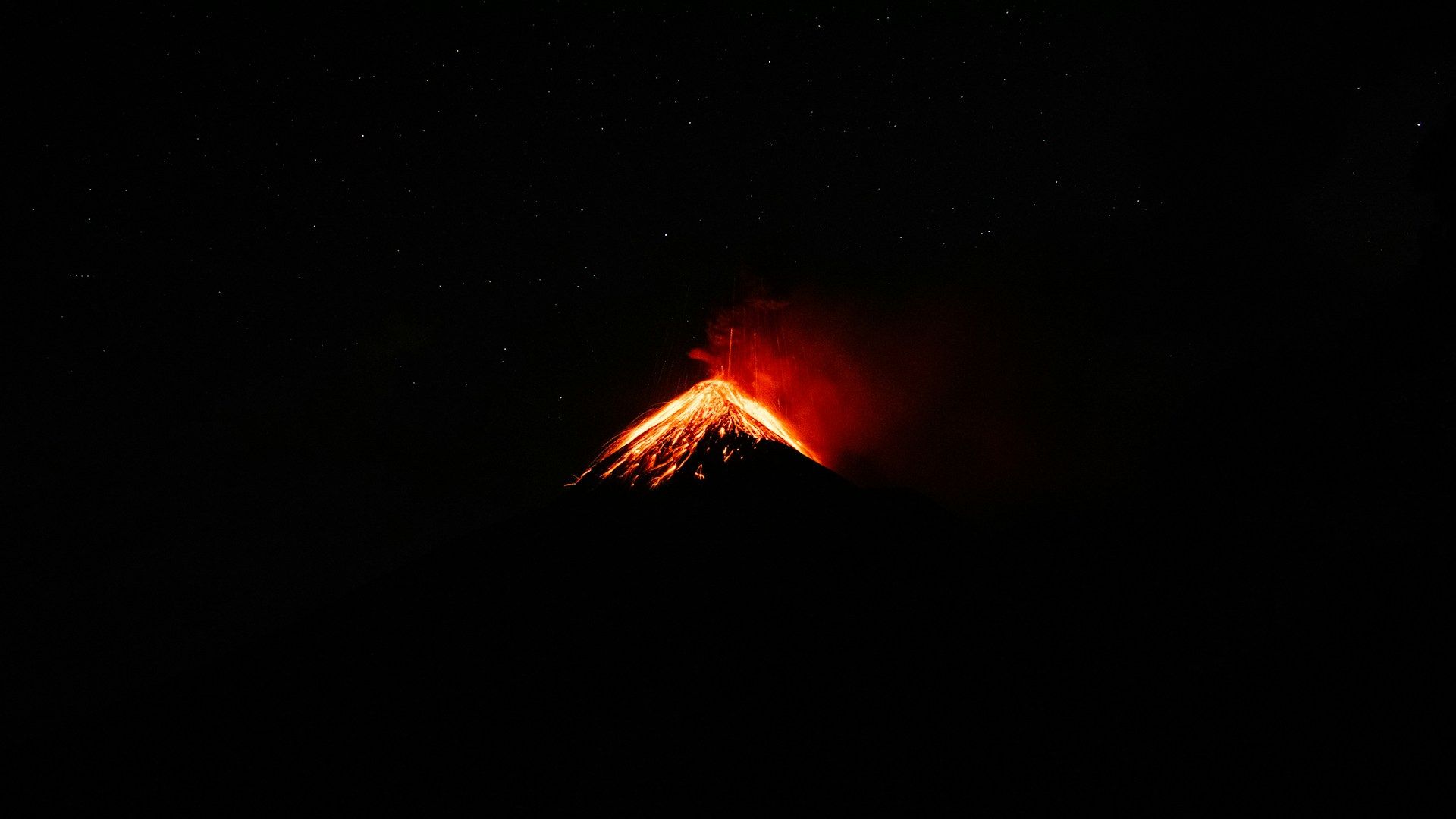
The new network of seismic stations monitors the activity on Mount Edgecumbe.
There are four seismic stations and four sites to measure how the ground is deforming as the magma moves deeper into the ground. “There’s signs that there is magma that’s come into the system very deep. We’re talking six miles below the volcano. And so we want to be sure to be monitoring it as best we can,” said Dietterich.
Gas Bubbles
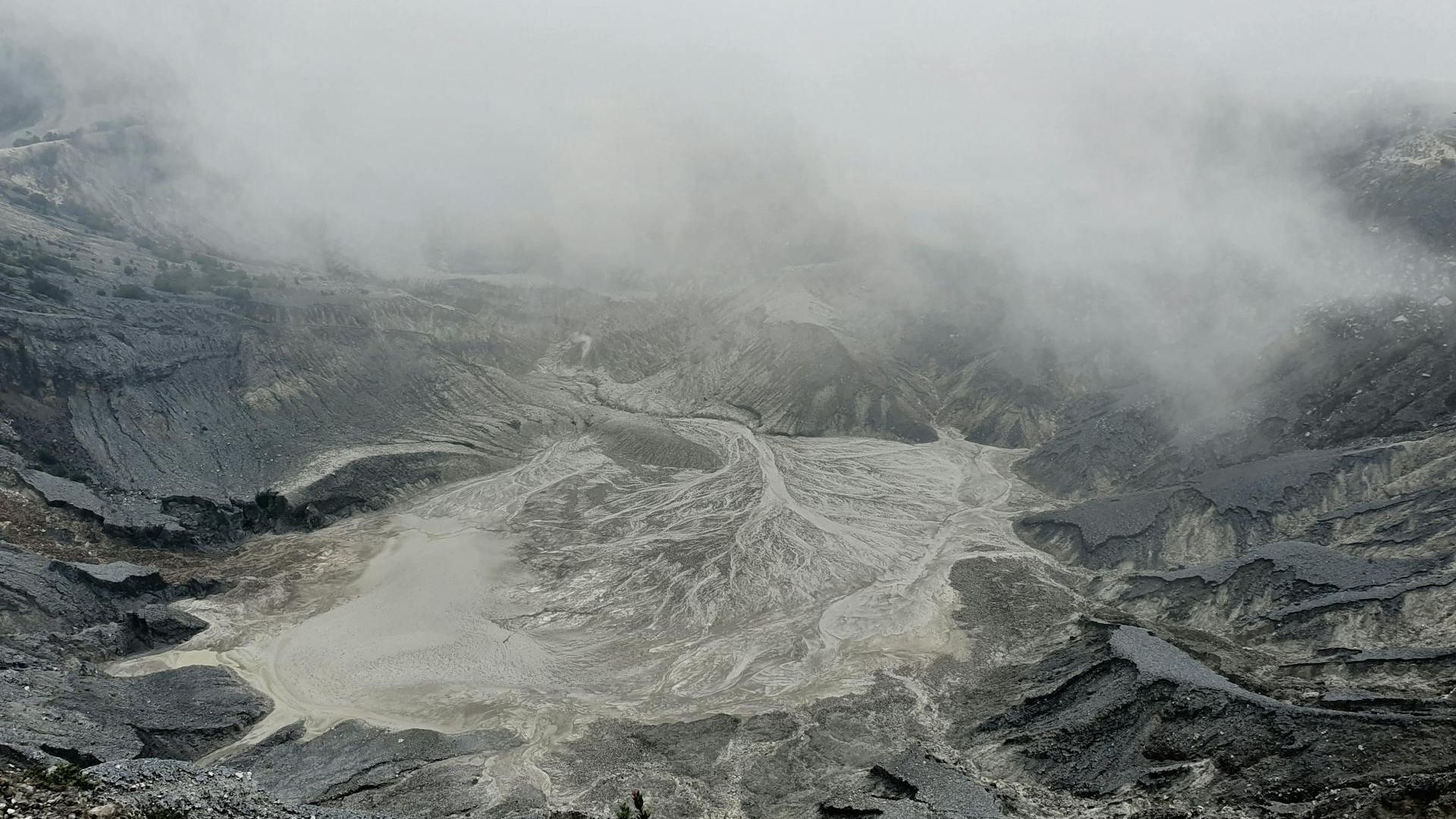
The new installations around Mount Edgecumbe can quickly detect precursors to eruptions.
Scientists also investigated reports of gas bubbling from the ground near the volcano. The researchers took samples of the gas and submitted them for review. They looked for signs that the gas was associated with the magma. Perhaps the gas would indicate how far below the surface the magma was.
Discovery of a Pathway
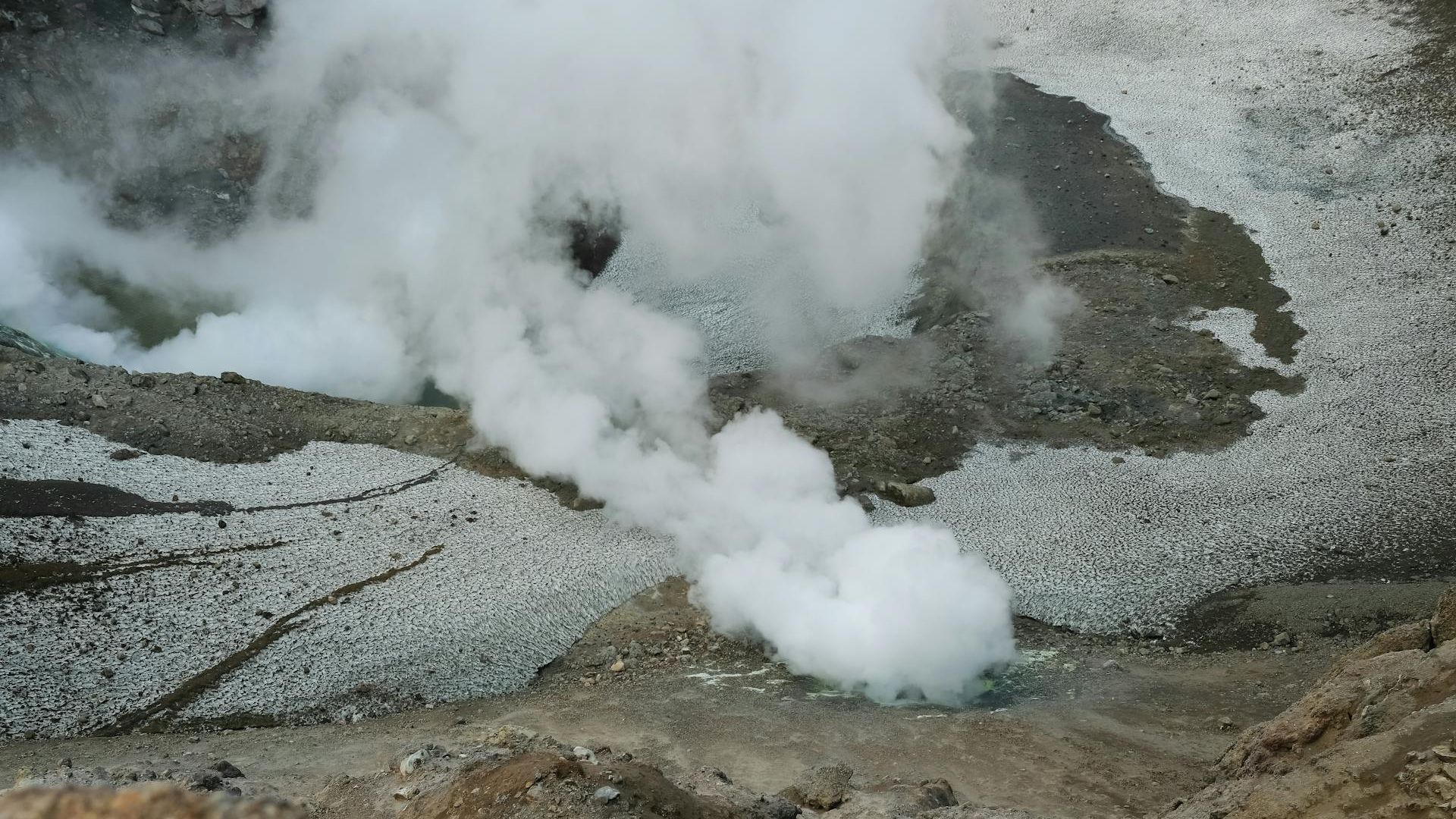
“They just got the helium results, so hot off the presses,” said Dietterich.
Dietterich and her team were searching for a volcanic signature in the gas samples. If they found a signature, it could have been a sign of a path between the surface and the magma 20 feet underground. However, Dietterich said: “It looks like there’s no strong evidence for a volcanic signature to any of the gasses.”
Mount Edgecumbe’s April Fools Day Prank
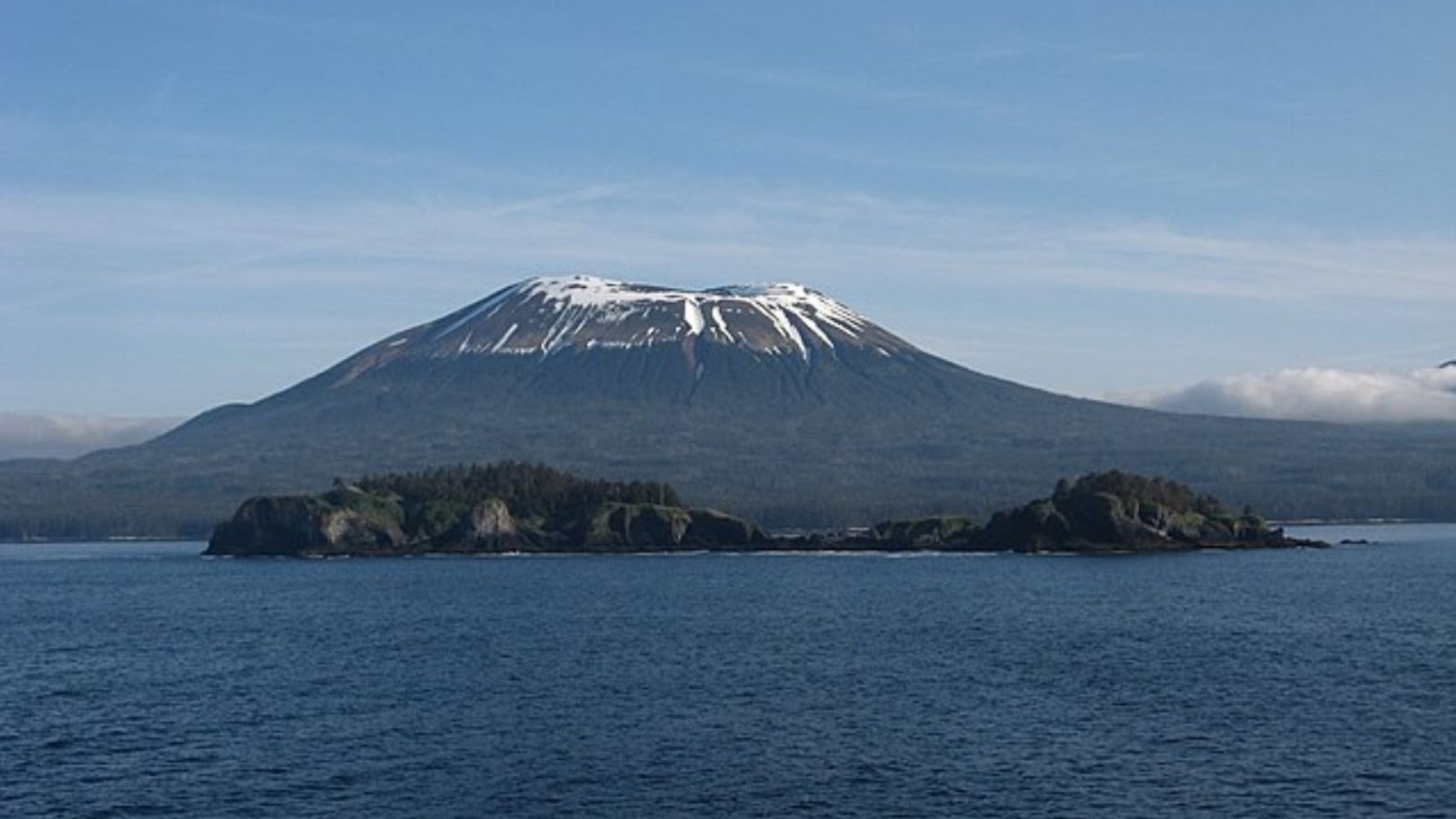
This isn’t the first time Mount Edgecumbe has been rumored to be close to erupting, but at least this time, it is real. The last time there were rumors was in 1974, during an April Fools Day prank by Porky Bickar.
He placed some tires around the volcano and set them on fire, which caused black smoke to rise to the top of the volcano, making it look like it was close to eruption. Thankfully, it was just a prank, and the volcano didn’t actually erupt.
Mount Rainier at Risk of Erupting
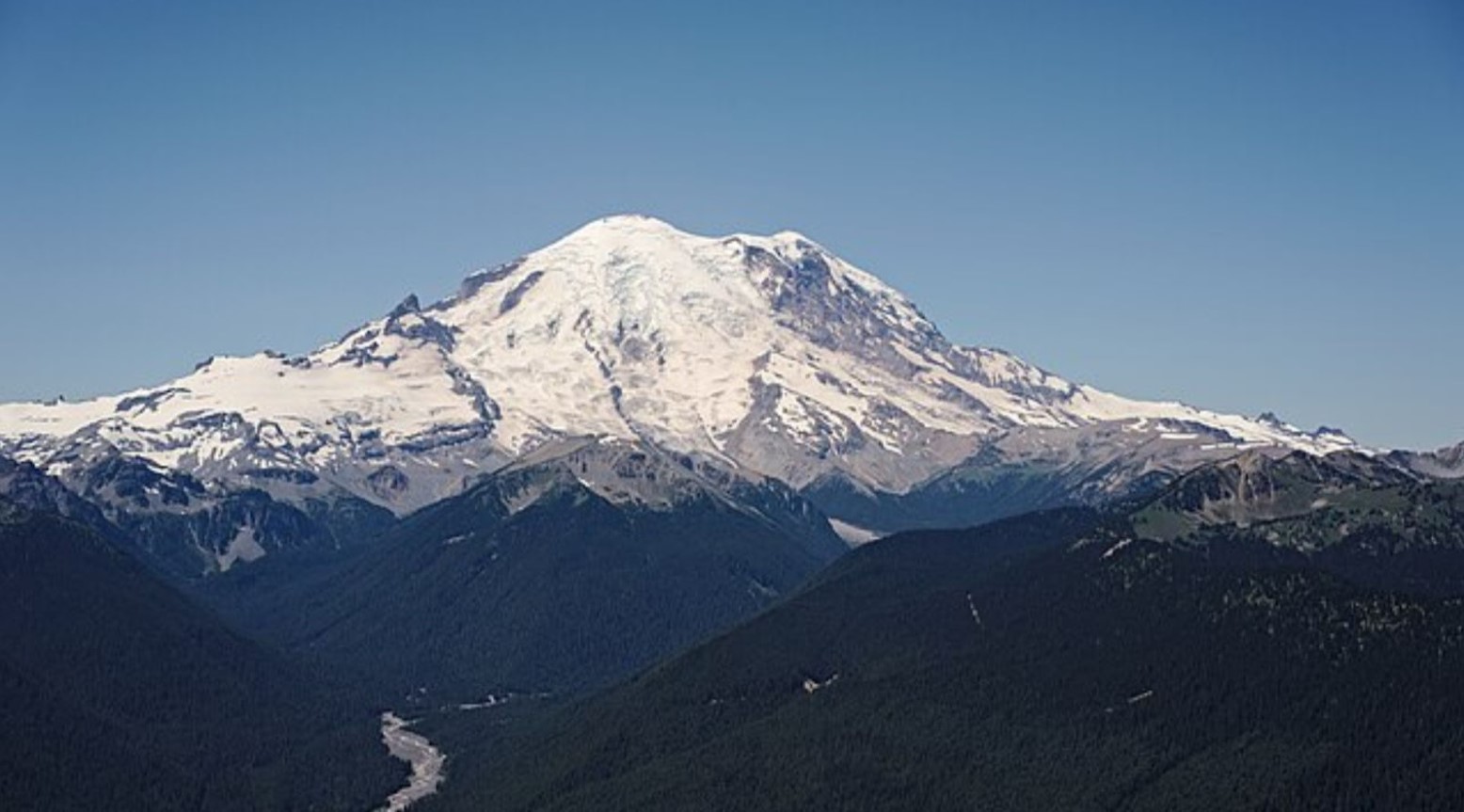
Mount Edgecumbe is not the only volcano in danger of erupting. Mount Rainier has also sparked some concerns. The volcano has been dormant for at least 1,000 years, but it could erupt any day now.
It’s even got volcanologists worried, with some saying Mount Rainier keeps them up at night with the worry of what might happen to the residents and areas surrounding the volcano.
Seismometers Can Ensure Safety
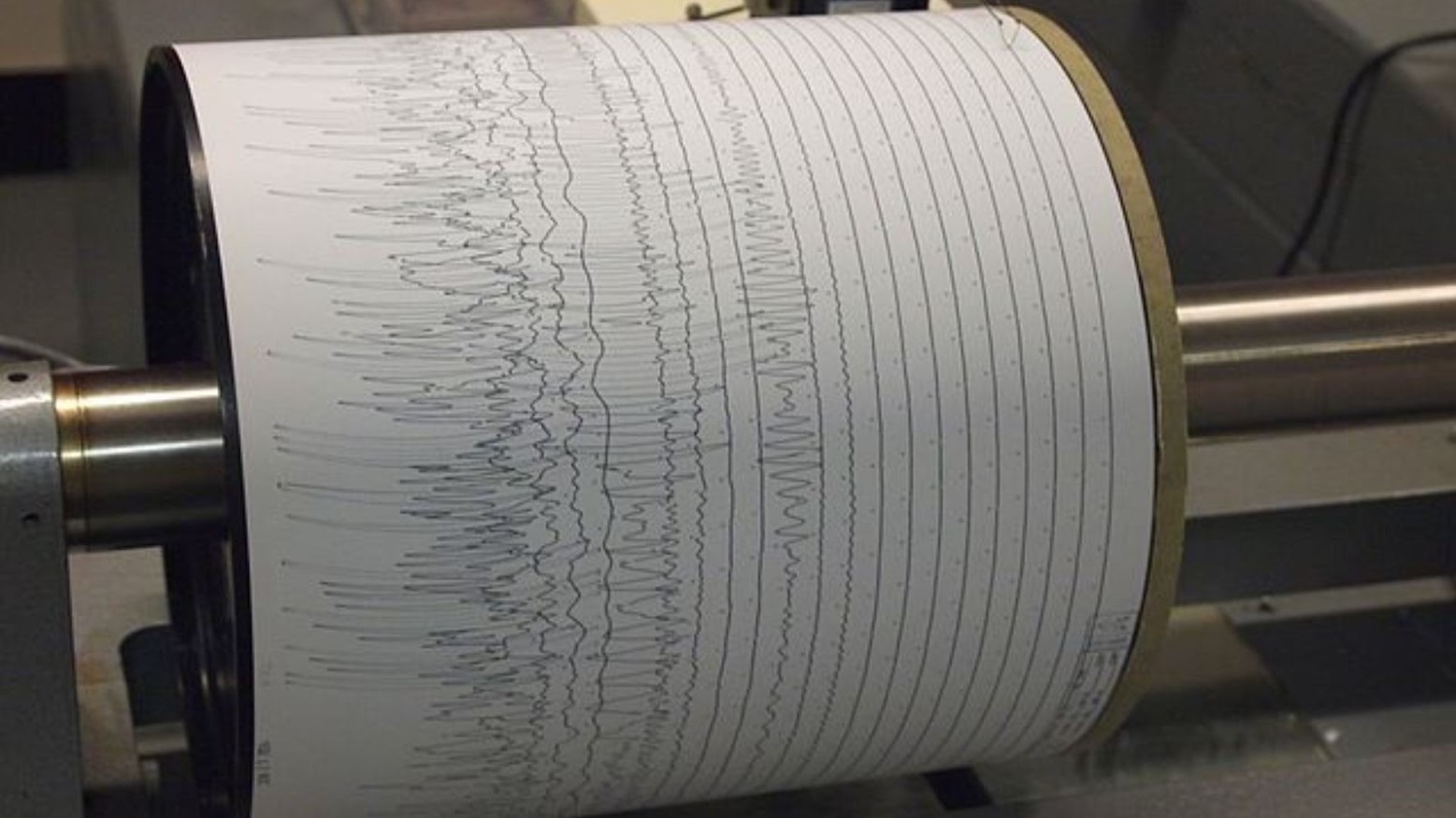
Hearing that a volcano could erupt near your home at any time can be quite worrying. However, the scientists involved with studying Mount Edgecumbe have told locals and visitors not to worry.
They have said that the seismometers can pick up any changes in movement pretty quickly, so residents could get to safety very quickly before any eruptions or destruction would happen.
Magma Doesn’t Mean Eruption
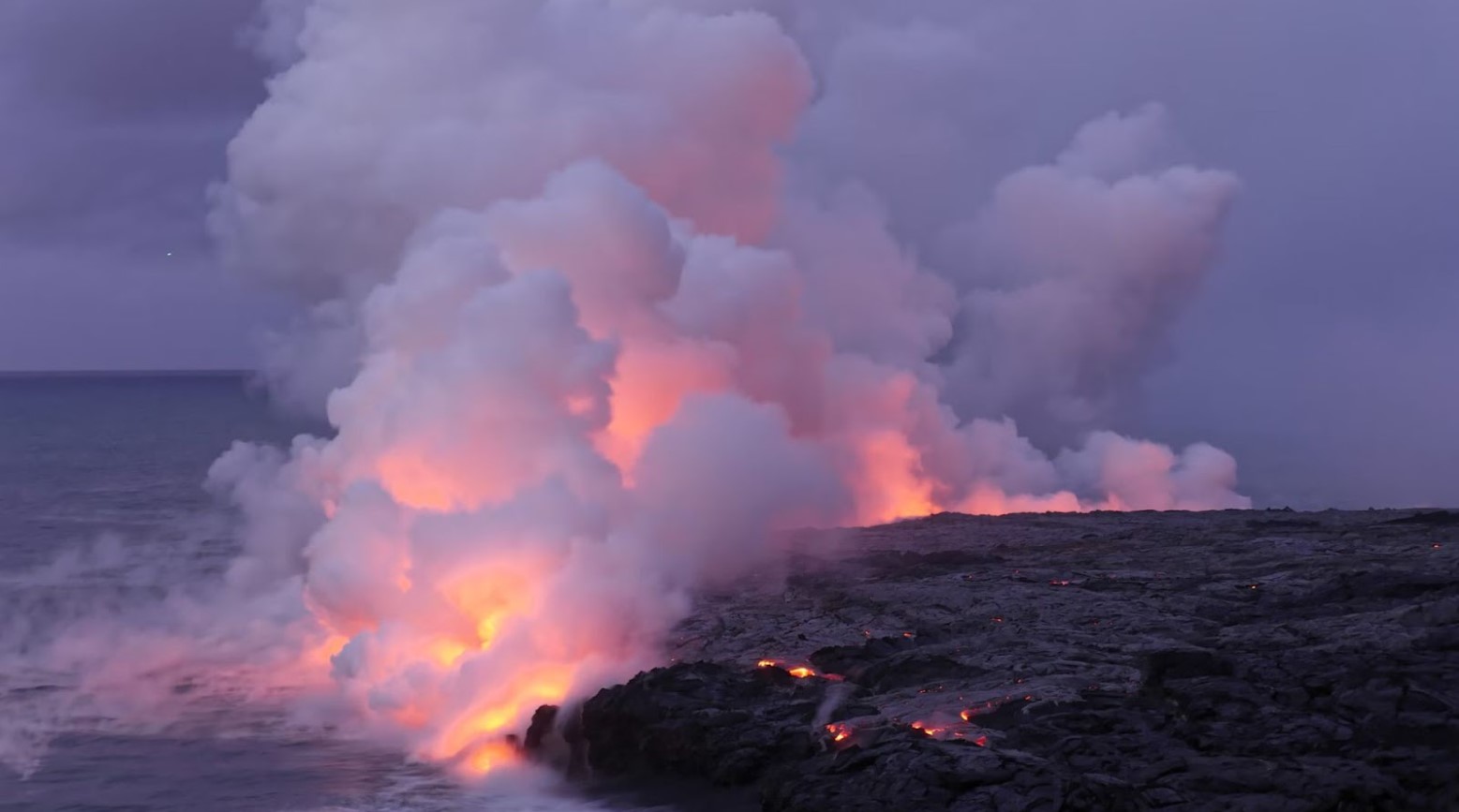
Just because there is a change in magma activity doesn’t mean the volcano will erupt. There have been plenty of examples throughout history where there have been changes to magma levels, but an eruption hasn’t happened.
Throughout the last twenty years, many volcanoes have had magma rising from them. While in some cases, the volcanoes have erupted, in the majority of cases, they have remained dormant, and scientists are hoping this will put people’s minds at ease.
Opportunities for Research
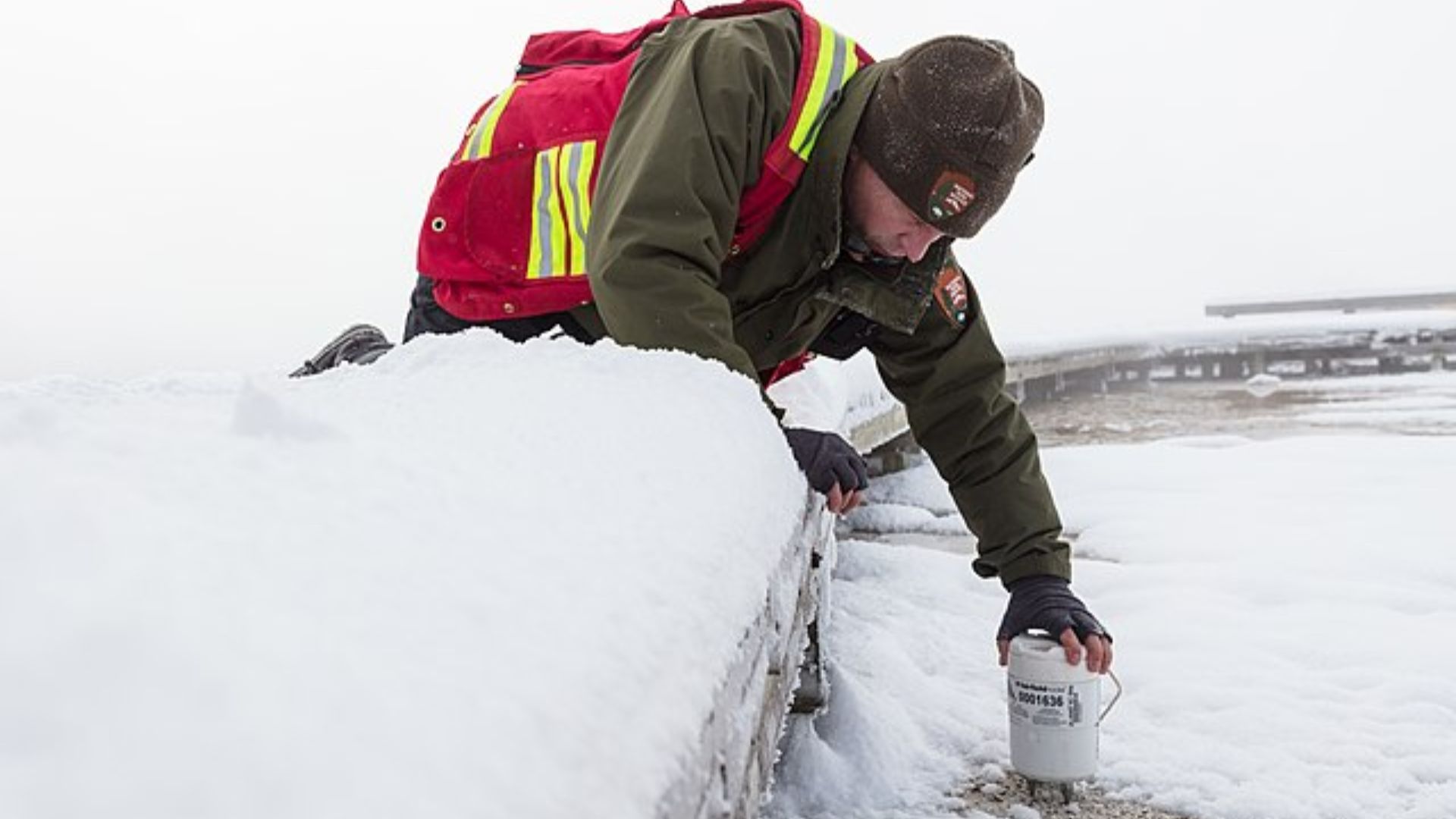
The new installations of seismographers do not just provide the residents of Sitka with an early warning in case of an eruption.
The instruments leave potential for research opportunities. Edgecumbe is the easternmost monitored volcano in Alaska. It is also near a transform fault. Dietterich said that our knowledge of volcanoes that sit along transform faults is limited.
Outside the Hotspot
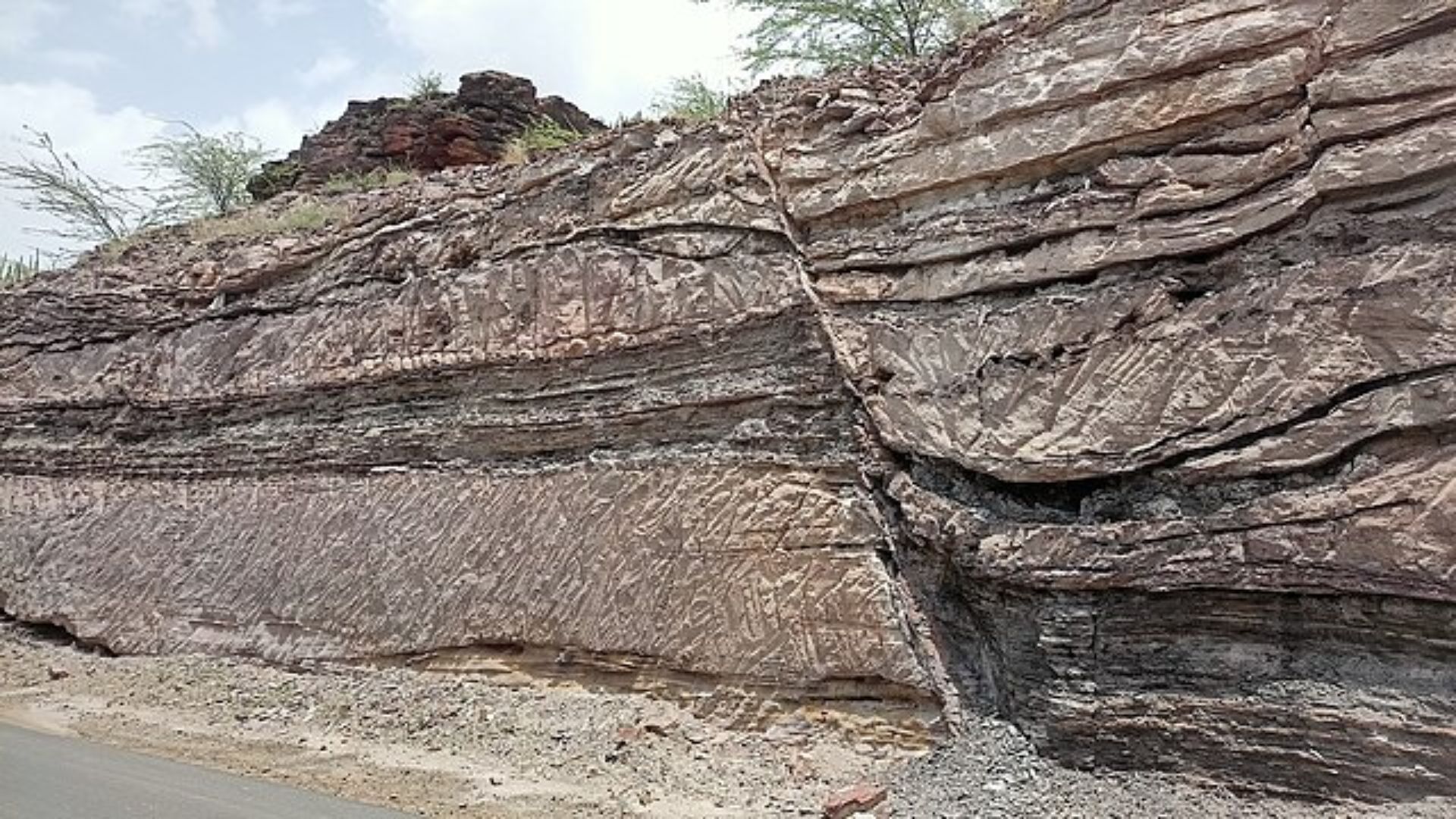
What makes Mount Edgecumbe an interesting volcano to monitor is that it sits outside of Alaska’s volcanic hotspot.
Alaska’s most active volcanoes are generally west of Anchorage. These volcanoes sit where the Pacific tectonic plate slides beneath the North American plate in a subduction zone. Dietterich said there is the possibility of geology work on Edgecumbe, but none has been scheduled yet.
